Description
Calculus: Early Transcendentals, 11th Edition strives to increase student comprehension and conceptual understanding through a balance between rigor and clarity of explanations; sound mathematics; and excellent exercises, applications, and examples. Anton pedagogically approaches Calculus through the Rule of Four, presenting concepts from the verbal, algebraic, visual, and numerical points of view.
• Relevant student study tools and learning resources: Ensures positive learning outcomes including: graphing and math Palette tutorial videos; interactive illustrations; calculus applets; and student practice activities.
• Technology Exercises: In the textbook, these exercises—marked with an icon for easy identification—are designed to be solved using either a graphing calculator or a computer algebra system such as Mathematics, Maple, or Derive.
• Quick Check Exercises: Each exercise set begins with approximately five exercises (answers included) that are designed to provide student with an immediate assessment of whether they have mastered key ideas form the section.
• Career Preparation: This program has been created at a mathematical level that will prepare students for a wide variety of careers that require a sound mathematical background, including engineering, the various sciences, and business.
• Math Enhancements: Measure conceptual understanding in an online learning environment, through intelligent tutoring, graphing enhancements, improvements to Show Work Whiteboard, expanded test bank functionality, and enhanced grading rules functionality.
• Pre-created activities encourage learning outside of the classroom through gradable reading assignment questions and more than 3,000 end-of-chapter problems coded algorithmically.
• Answer Specific Feedback Questions: Within WileyPLUS with ORION this edition of Anton will feature this new question type allowing students to have customized feedback on the actual work they’re doing.

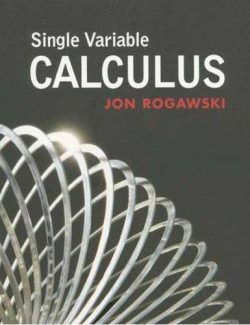
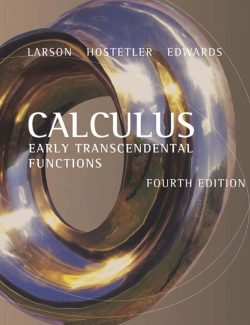
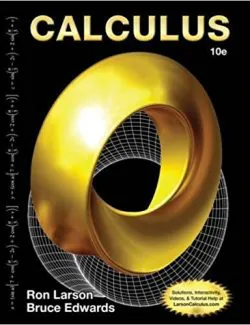
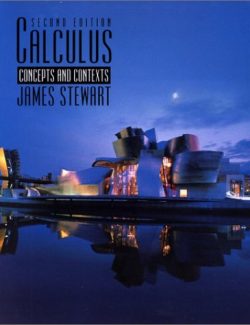
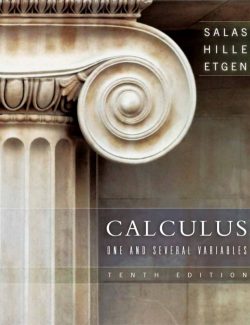
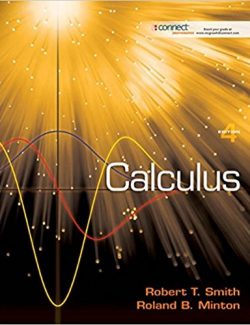
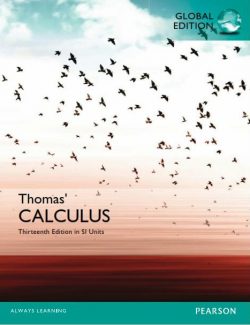
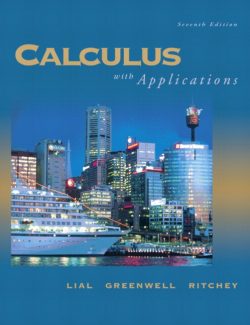
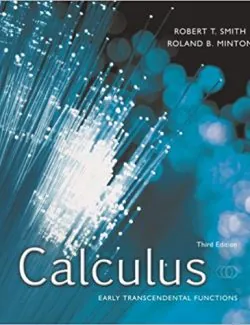
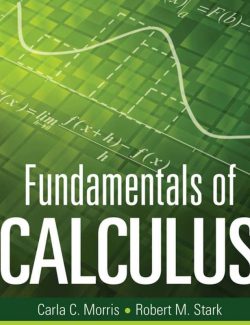
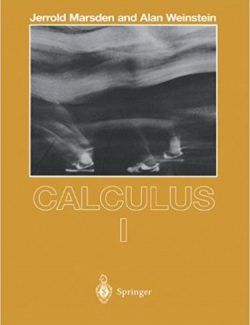
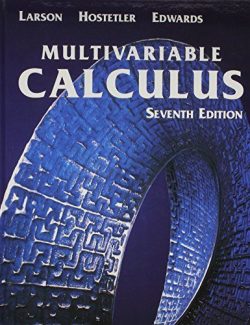
Leave us a comment
No Comments